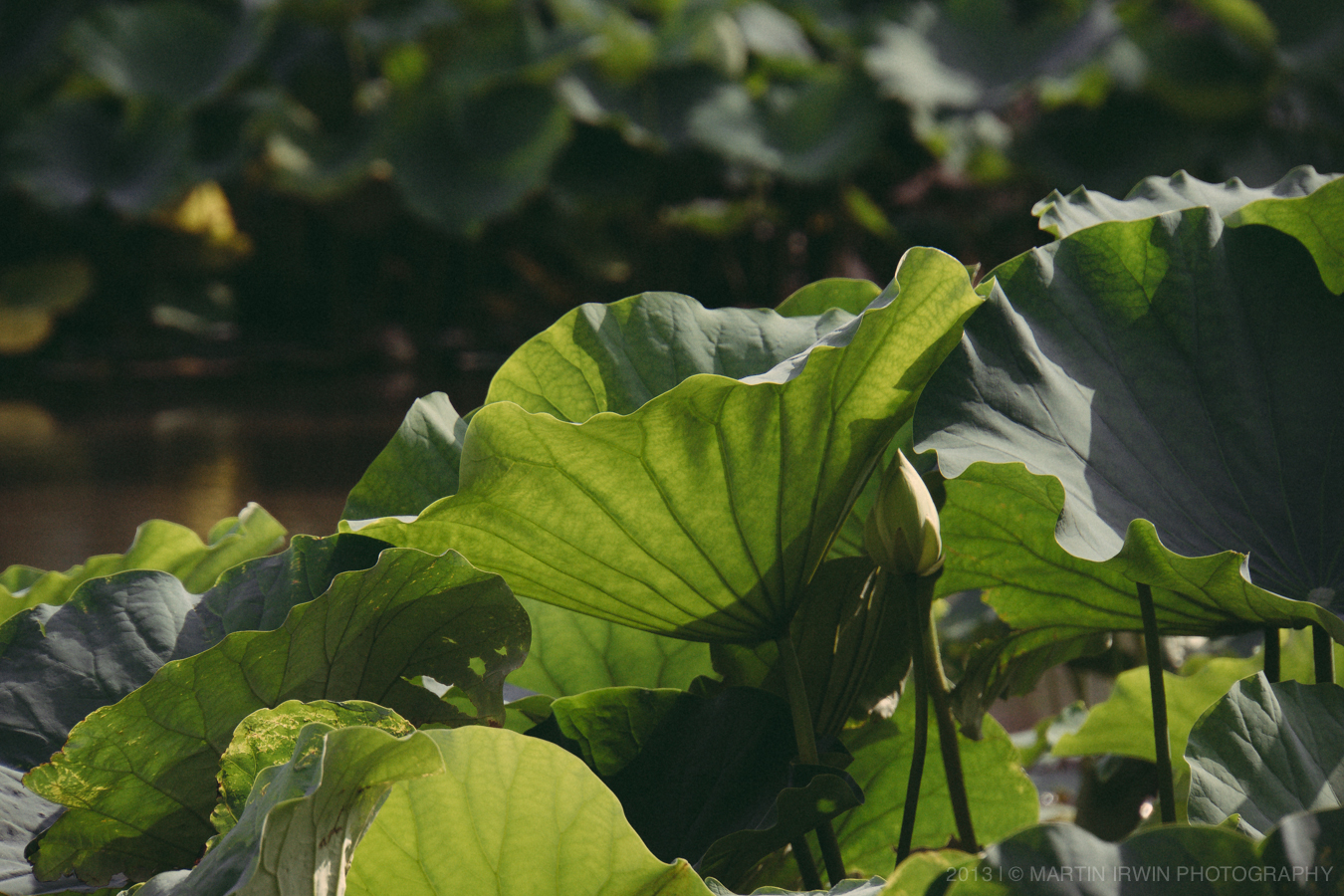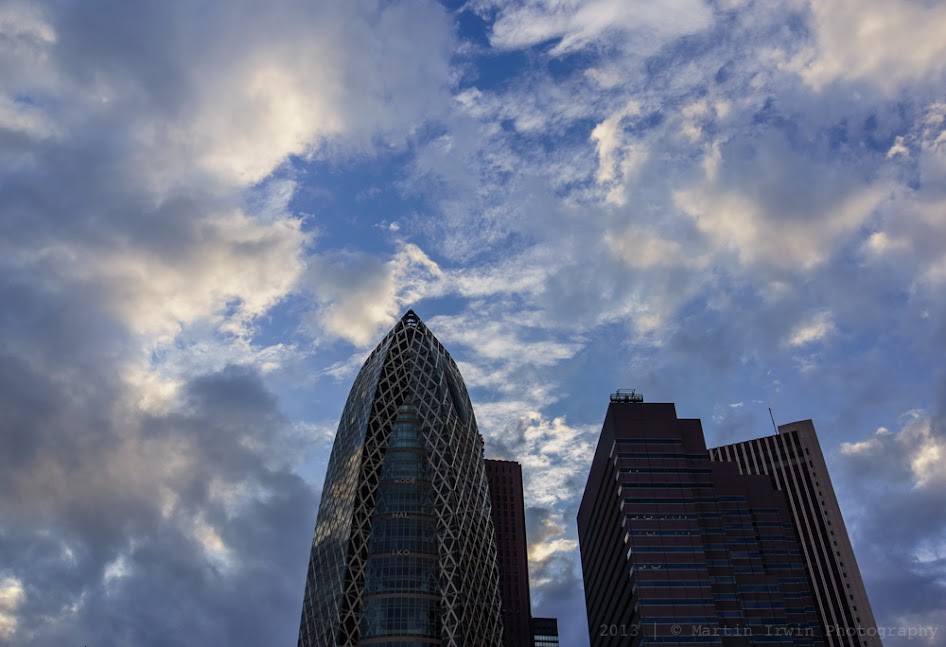Kamakura Pt. 3 - Kōtoku-in
The enormous Daibutsu
The Great Buddha of Kamakura is a monumental outdoor bronze statue of Amitābha Buddha located at the Kōtoku-in Temple in Kamakura, Kanagawa Prefecture, Japan. The bronze statue probably dates from 1252, in the Kamakura period, according to temple records. It was preceded by a giant wooden Buddha, which was completed in 1243 after ten years of continuous labor, the funds having been raised by Lady Inada (Inada-no-Tsubone) and the Buddhist priest Jōkō of Tōtōmi. That wooden statue was damaged by a storm in 1248, and the hall containing it was destroyed, so Jōkō suggested making another statue of bronze, and the huge amount of money necessary for this and for a new hall was raised for the project. The bronze image was probably cast by Ōno Gorōemon or Tanji Hisatomo, both leading casters of the time. At one time, the statue was gilded. There are still traces of gold leaf near the statue's ears. It is unclear, however, whether the statue constructed in 1252 is the same statue as the present statue.
Some stats on this humongous statue:
- Weight; 121 tonnes (270,000 pounds)
- Height; 13.35 m (43.8 ft)
- Length of Face; 2.35 m (7.7 ft)
- Length of Eye; 1.0 m (3.3 ft)
- Length of Mouth; 0.82 m (2.7 ft)
- Length of Ear; 1.90 m (6.2 ft)
- Length from knee to knee; 9.10 m (29.9 ft)
- Circumference of thumb; 0.85 m (2.8 ft)
A fellow NEX-7 user using his SEL18200
The grounds surrounding the Buddha are very well kept, and relatively peaceful. As 99% of people are drawn to the enormous statue (and rightly so), there are some decent photographic, or simply relaxing, moments to be had in the grounds.
There's quite a collection of people in front of the Buddha. Some are simply standing in awe. Most people start off in this manner. Then, our comes their phone. A few will switch to their dedicated cameras. Finally, there are the people finishing their photos, who turn around and see ~100 cameras pointed in their direction. From studying these people, I have learnt that the proper technique is to crouch down and lollop out of the way, whilst shyly smiling. That's a photo-project in itself!
After taking the mandatory photos of the Buddha, my attention (and most others) was directed further upwards, where high aloft, raptors were screeching and circling. They could have been either the Black-eared Kite or Japanese Sparrowhawk. I did see one such bird chasing a sparrow mid-flight, which was something to behold.
The above photos are heavily cropped; click for larger. All photos on this page were taken with my NEX-7 and SEL18200LE lens. Click here for the lens review. It's at times like this that I wish I had maybe a 400mm lens atop a Canon 5Dmkiii... but carrying that thing around (let alone paying for the combo) would not have been fun on my little bicycle. Plus, if there weren't any such birds around, I probably wouldn't be worrying about such scenarios.
This concludes my Kamakura-by-bicycle photo-journal. I hope you've enjoyed the ride :)










